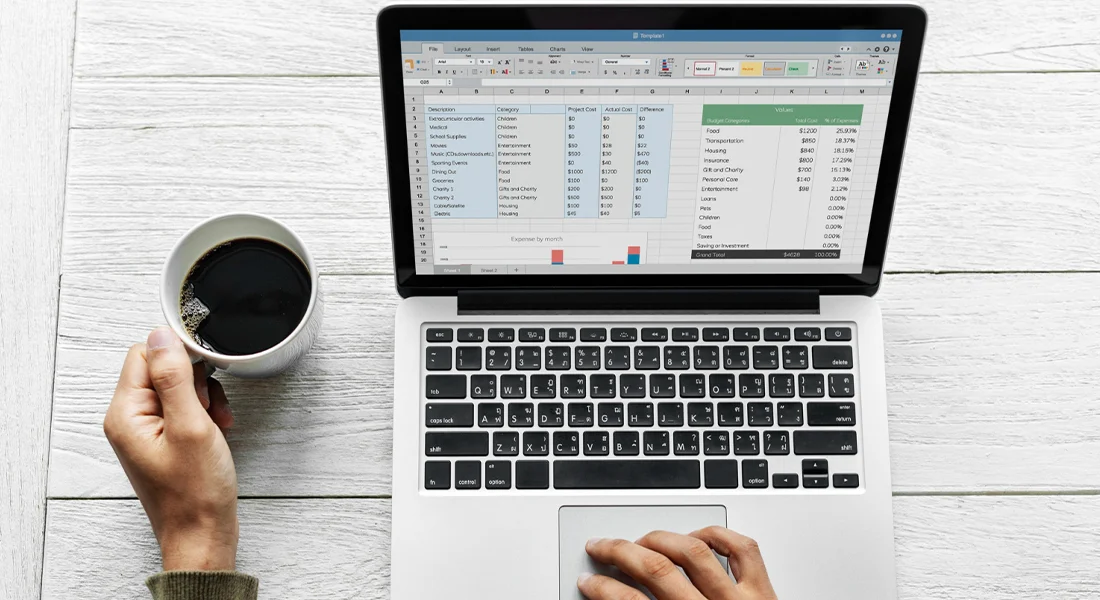

As countries increasingly adopt e-invoicing in Saudi Arabia, greater concern is being placed on the accuracy and timeliness of VAT reporting by businesses. This is a digital shift that was spearheaded by ZATCA that has brought an orderly system in invoice generation, storage, and filing. Although transparency and minimized fraud are introduced, simultaneous management of Multiple VAT Reconciliations undergoes an increment in complexity. The general ledger is very essential in assembling and cross-checking VAT records in order to comply with the providing reporting cycles.
The strain to introduce flawless VAT Reconciliations in KSA is on the increase especially in commercial centres where the e-invoicing in Riyadh has become a full-fledged operation. With adequate incorporation with the accounting and the e-invoicing systems, the general ledger assists organizations to monitor VAT inputs and outputs in all transactions. This organized financial book keeping helps business affairs to perform Multiple VAT Reconciliations effectively with lower lag between declared VAT and actual invoice information. Regulations are only changing which All businesses need to ensure that their system at the inside can adjust itself rapidly so that they must be in a state of compliance to the taxes to be imposed and not face heavy penalties.
The center of a company financial system is a general ledger (GL), which contains all the financial transactions of a firm within a single location. It is used as the authoritative source of tracking taxable entries that are used in computation of VAT so that zero-rating can be quoted as required by ZATCA. A properly managed GL will also aid in compliance since it will structure data that can be used in making quality and timely VAT returns.
To enable proper Multiple VAT Reconciliations, make sure that all transactions that concerned the particular tax period are imported as a ledger (GL). This guarantees coverage of data both in terms of volume, as well as in terms of VAT-related transactions.
After loading, use ERP based filters to filter VAT related transactions. Target entries marked with appropriate GL codes, tax indication and critical ledgers that are important in processing VAT reconciliation accurately.
At the end of the process, the cleaned up general ledger (GL) data can be saved in a spreadsheet or reconciliation program. This will increase transparency and provide organized reviewing of transactions related to VAT in relation to compliance accuracy.
To keep proper consolidation of VAT, match advance payments against sales in the general ledger (GL). Also make sure that VAT is charged and accepted upon receipt of payment.
See entries made under VAT on sales and delivery documents and make a comparison with general ledger (GL). This has the effect of making all the sales information reflected and reconciled accordingly to comply with correct VAT reporting.
ERP modules on financial terms can be used to compare sales register entries to both revenue and tax GLs. This gives consistency of the sales information with the general ledger (GL), in providing similar results when reconciling VAT.
Quality purchase reconciliation begins by matching of purchase orders with invoices received and comparing the VAT information against those in the general ledger (GL) and requesting any discrepancies and researching to identify the missing documents.
Make sure all inward bills have the correct values of VAT as well as properly recorded in the general ledger (GL). Take advantage of the validation tools within ZATCA to improve the accuracy of purchase reconciliation and minimise the reporting inconsistencies.
Reconcile business payments including customer payments with relevant invoices and adequate VAT should be assigned within the general ledger (GL). The step empowers payments reconciliation and helps in clear VAT tracking.
When reconciling payments, ensure that the VAT that is deducted when paying the vendors is the same as what the vendors invoiced and reflect properly in the general ledger (GL) in order to file the taxes appropriately.
When it comes to the receivables reconciliation start by doing an age analysis of the outstanding invoices to the customers in order to identify the extent to which the VAT is not paid. This approach also contributes to more accurate calculations of accrued VAT according to invoice due dates and also contributes to the improved forecasting which leads to the stable VAT compliance and closer relation with the general ledger (GL).
Compare the VAT charged per outstanding invoices with the balances indicated on the receivables in the general ledger (GL). Such a comparison assists to ensure consistency of your receivables reconciliation and the amounts of VAT recorded to be in line with the amounts actually payable enhancing transparency and regulatory compliance of VAT in all your books.
Where there exist differences between the VAT computed and figures transferred to the general ledger (GL), it is necessary to conduct an in depth check. Such disparities may be due to wrong use of invoice or errors. Timely reconciliation of receivables in this situation does not only enhance the maintenance of financial integrity but also the recovery of VAT in time and reduces compliance risk.
Competent VAT reconciliation is crucial to most businesses in Saudi Arabia and more so with the rising regulatory focus under e-invoicing and switching over to ZATCA compliance requirements. By using the general ledger (GL) method as a common place of information, companies will be able to effectively monitor the invoices, transactions, payment and receipt of funds in all the departments. In terms of sales, purchases, payments, or any other stream, each is encouraging reconciliation with the GL, which makes it more transparent and accountable. This helps businesses throughout the entire VAT environment since it eliminates the chance of making inaccurate reports, incurring financial penalties, and having efficient procedures of VAT compliance within a rapidly developing tax regime.
In addition, special procedures like receivables reconciliation process are crucial in dealing with remaining VAT collections and enhancement of cash generation. Loyal aging analysis, reconciliation of sales to sales in the GL and elimination of differences help businesses to keep track of their collections and end up claiming their due VAT credits in time. The mentioned practices, which are facilitated by high levels of ERP integration as well as regular internal auditing create an easy connection between operations transactions and accounting records. After all, well-designed Multiple VAT Reconciliations frameworks anchored in the general ledger (GL) will simplify tax compliance and assist in the financial sustainability and strategic tax planning in the long term.
Comments are closed